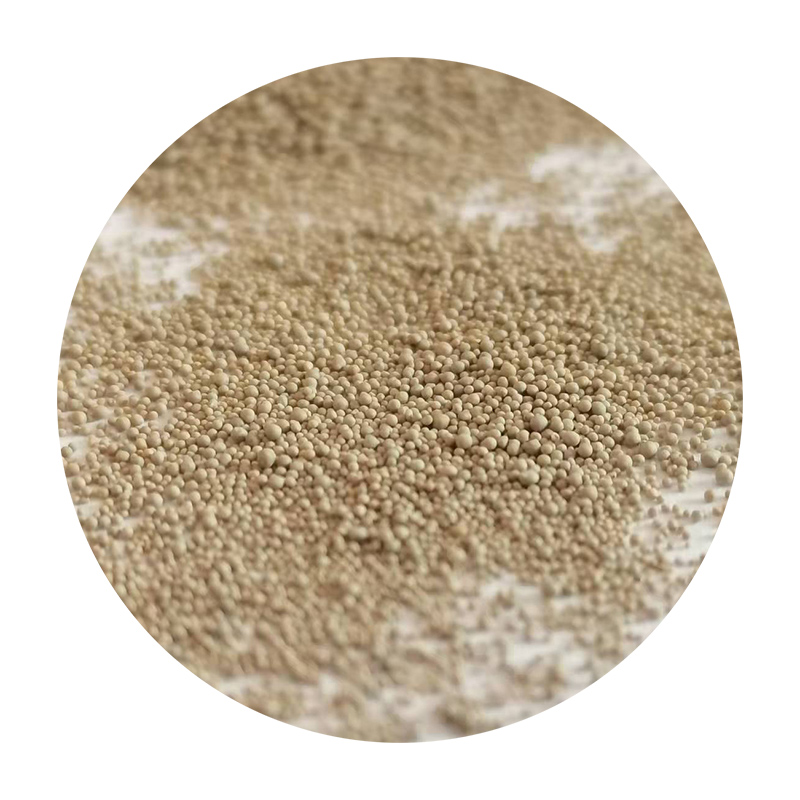Sanding for 3D Printing Elevating Your Prints to Perfection
As 3D printing becomes more accessible and widely adopted, creators are discovering that the final quality of a printed object often relies heavily on post-processing techniques. Among these, sanding emerges as a crucial step for enhancing the surface finish of 3D printed parts. Whether you're an artist, engineer, or hobbyist, understanding the principles and techniques of sanding can significantly elevate the quality of your prints.
Importance of Sanding in 3D Printing
3D printing technology, be it Fused Deposition Modeling (FDM), Stereolithography (SLA), or Selective Laser Sintering (SLS), inherently leaves layer lines on the printed object's surface. These layer lines may be acceptable for some applications, but they can detract from the aesthetics and function of the model, especially in consumer-facing products or detailed prototypes. Sanding plays a pivotal role in eliminating these imperfections, allowing for a smoother finish while improving paint adhesion and overall appearance.
Materials and Tools Needed for Sanding
Before you begin sanding your 3D prints, it's essential to gather the right materials and tools. The key items include
1. Sandpaper Various grits of sandpaper are necessary for an effective sanding process. Start with coarser grits (around 80-120) to remove larger imperfections and layer lines. Progressively move to finer grits (240, 320, 400, and even up to 2000) for a smooth finish.
2. Sanding Blocks For larger flat surfaces, using a sanding block can help maintain even pressure and consistency.
3. Water or Alcohol Wet sanding with water or alcohol can reduce dust and improve the smoothness of the finish. This technique is especially effective for plastic prints.
4. Safety Gear Always wear a mask and goggles to protect yourself from dust and particles.
sanding for 3d printing

The Sanding Process
The sanding process can be broken down into several key steps
1. Preparation Ensure that your print is clean and free from dust or debris. Inspect the model for any areas that may require special attention.
2. Coarse Sanding Begin with the coarser grit sandpaper to remove the major irregularities and layer lines. Use even, circular motions, applying moderate pressure. It’s important not to rush this step to avoid damaging the print.
3. Fine Sanding Once the surface is more uniform, switch to finer grit sandpaper. This step will help smooth out the finish and prepare the surface for any paints or finishes you might be applying later.
4. Wet Sanding If you choose to wet sand, dip your sandpaper in water or alcohol and continue to refine the surface. The water helps reduce dust and prevents the paper from clogging.
5. Final Cleanup After sanding, clean the model thoroughly to remove any residue and inspect the surface for any missed spots that may need further attention.
Finishing Touches
After sanding, your 3D printed part is ready for additional post-processing like painting, priming, or applying coatings. Each of these steps can further enhance the visual appeal and durability of your print.
In conclusion, while 3D printing allows for rapid prototyping and manufacturing, the quality of the final product often hinges on effective post-processing techniques like sanding. By investing time and care into sanding your 3D prints, you can achieve a professional finish that truly showcases your work. Embrace the sanding process, and see how it transforms your 3D prints into exceptional pieces of craftsmanship.
Post time:දෙසැ. . 15, 2024 22:38
Next:How to Embed Sand in Resin for Beautiful Craft Projects
